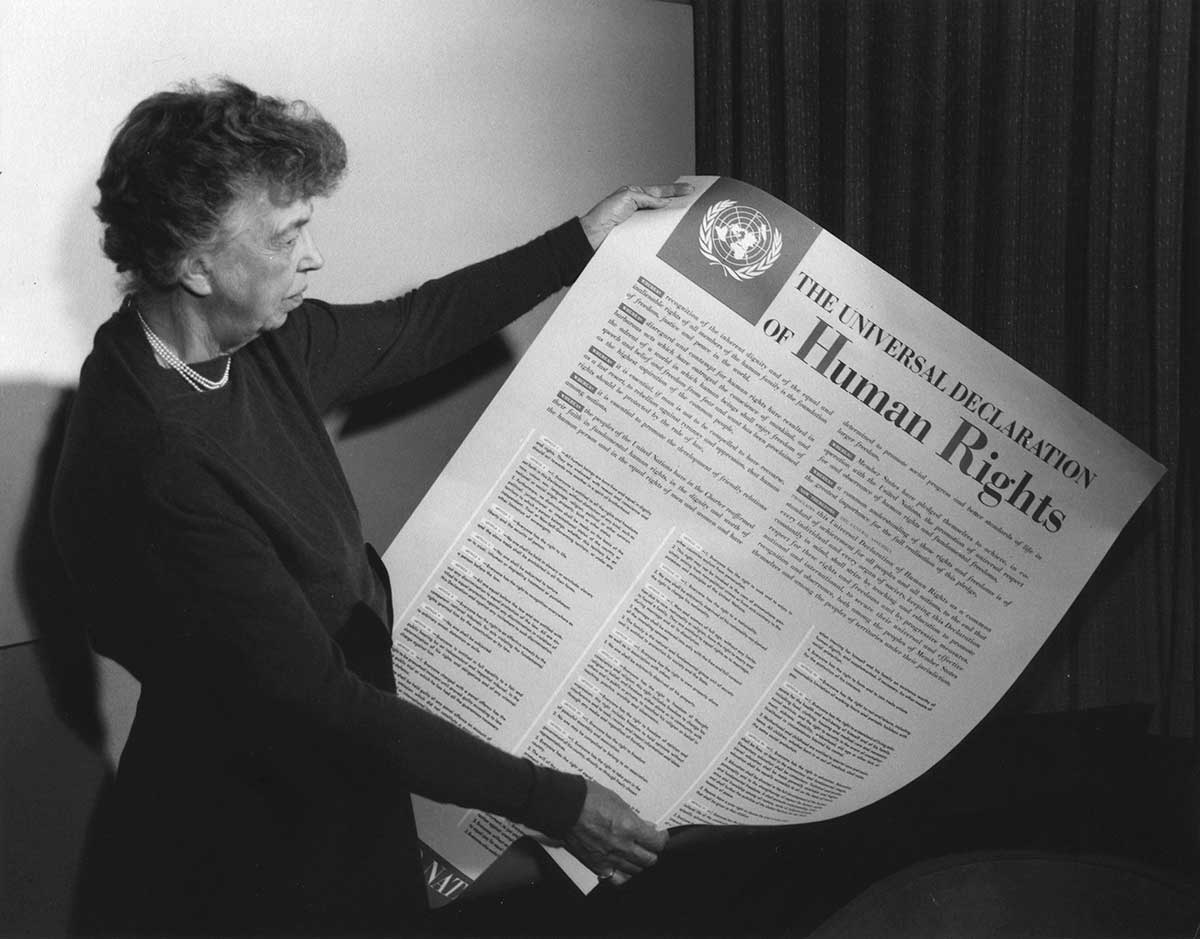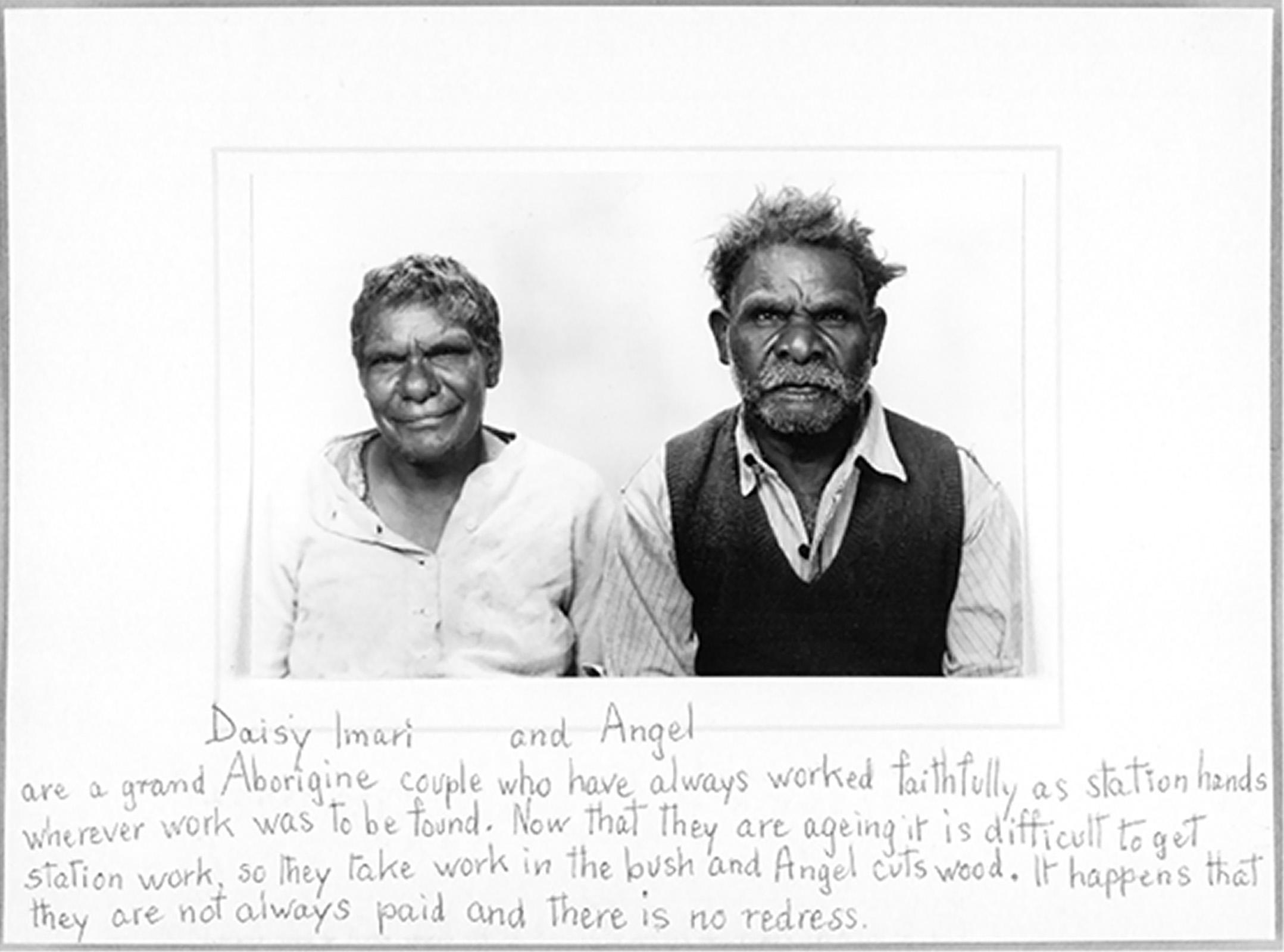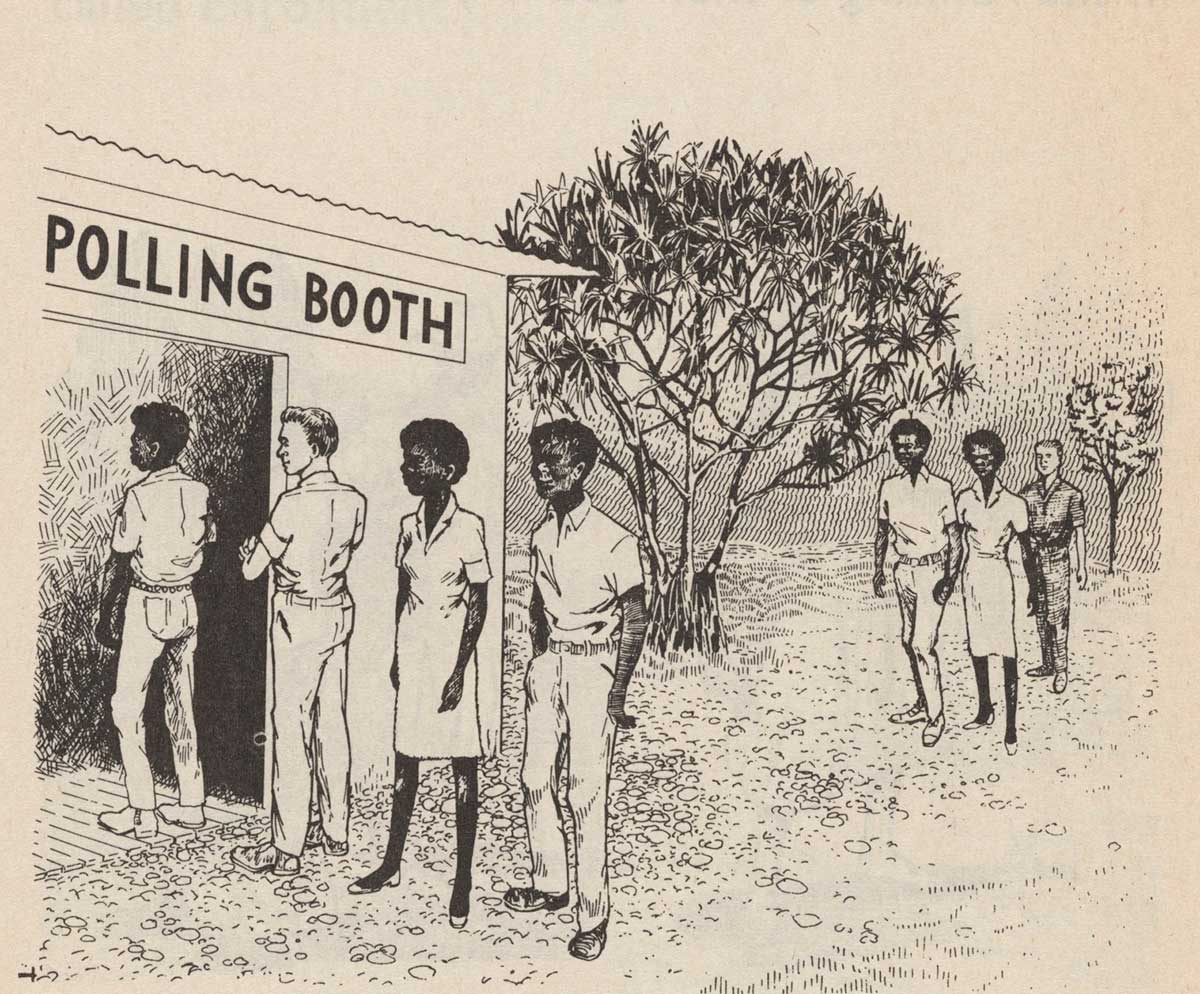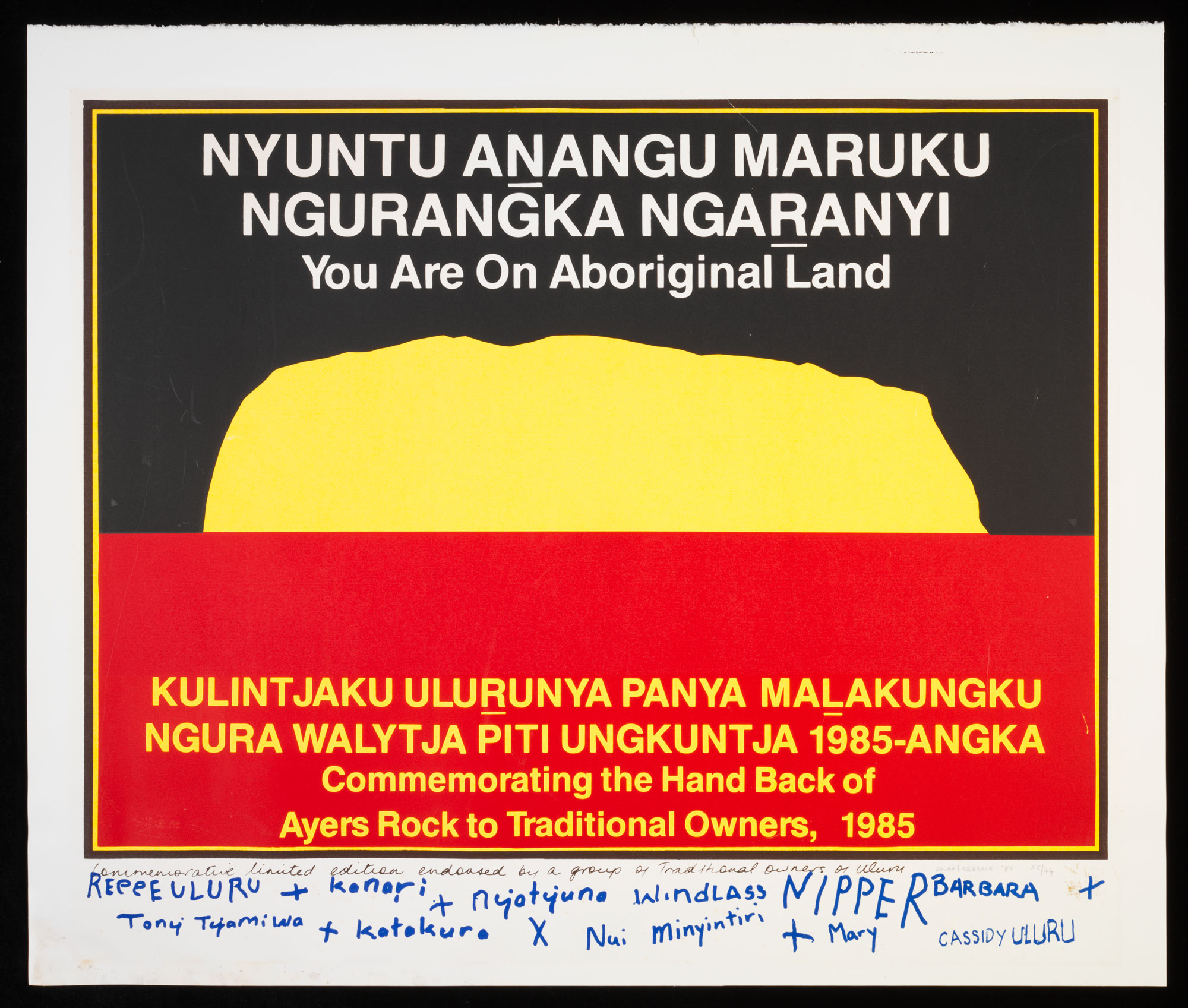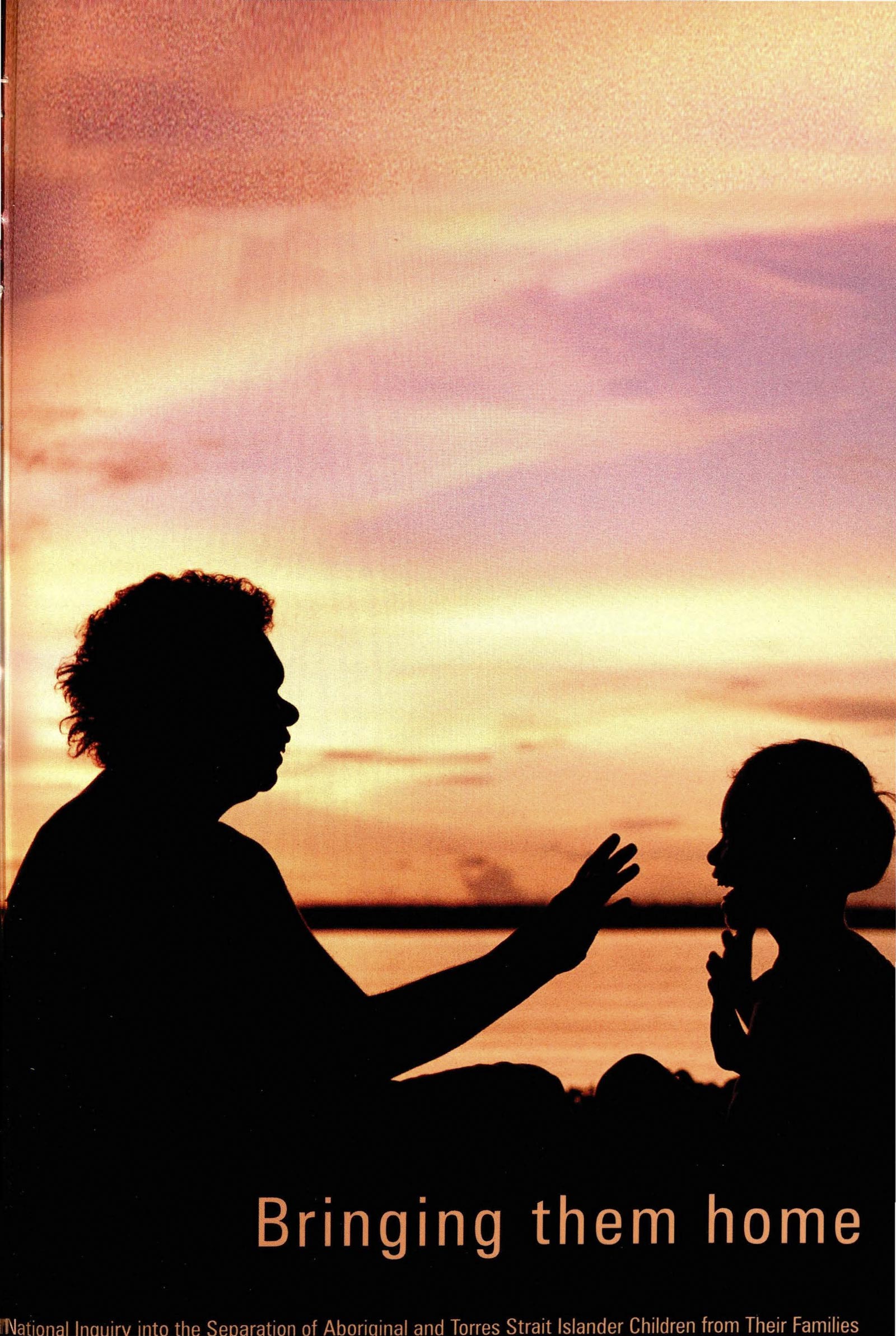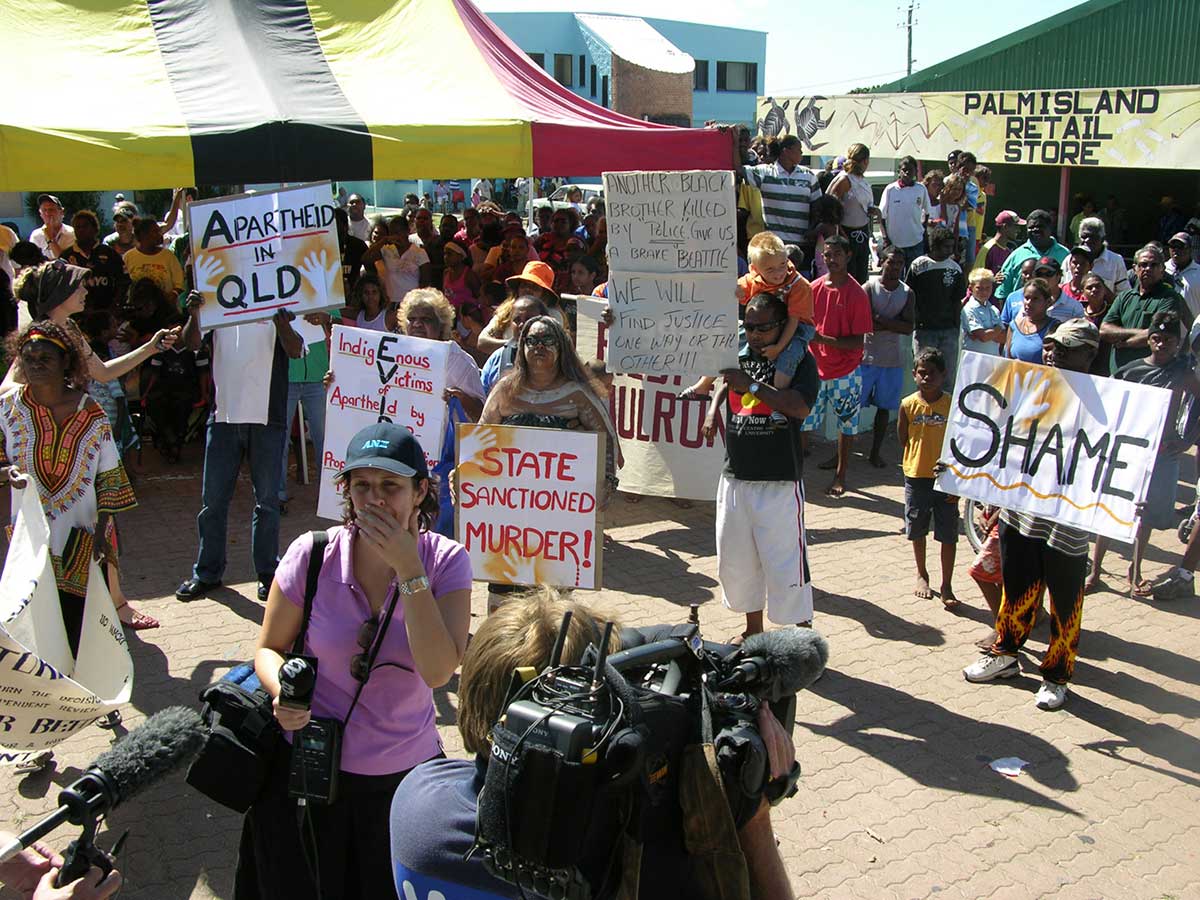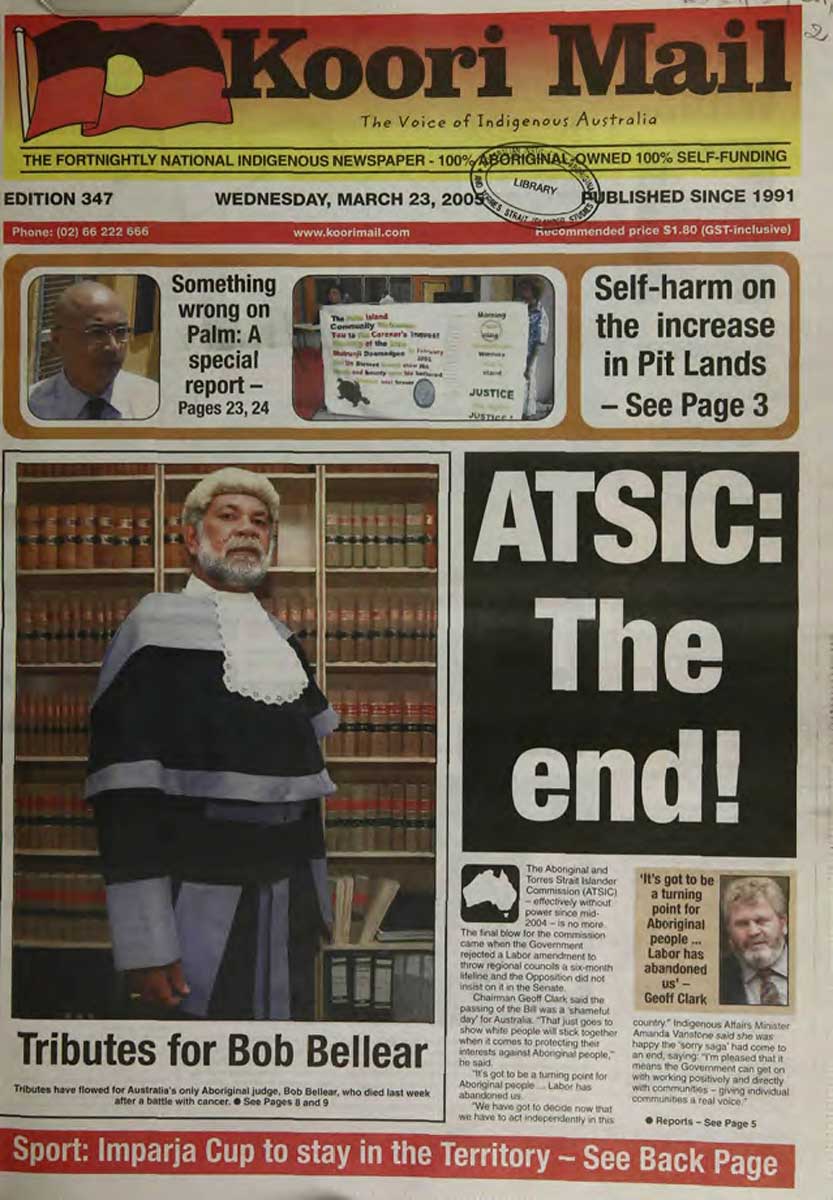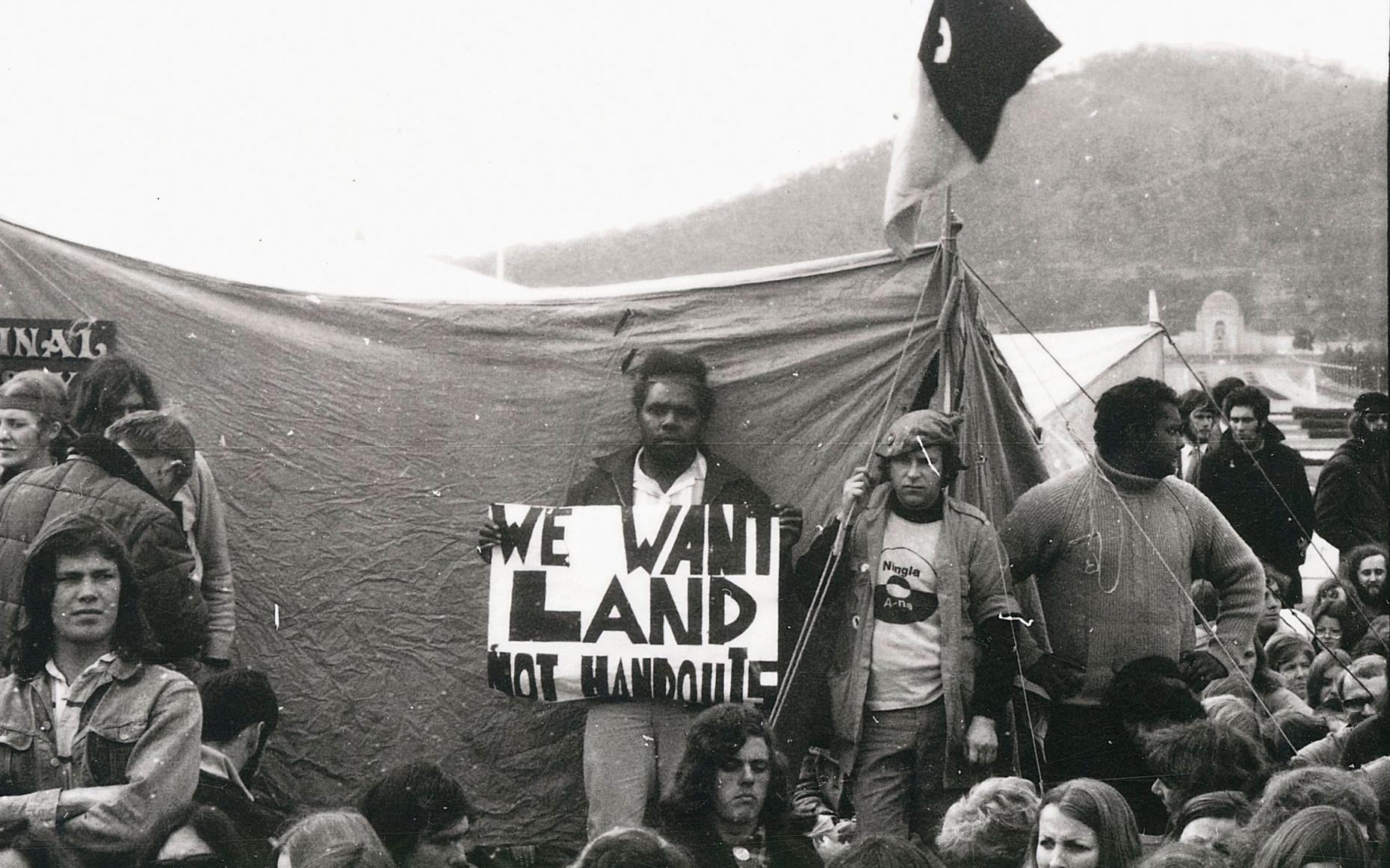Learning module:
Rights and freedoms Defining Moments, 1945–present
Investigation 1: Exploring Aboriginal and Torres Strait Islander rights through key Defining Moments
1.15 1980 Noonkanbah blockade
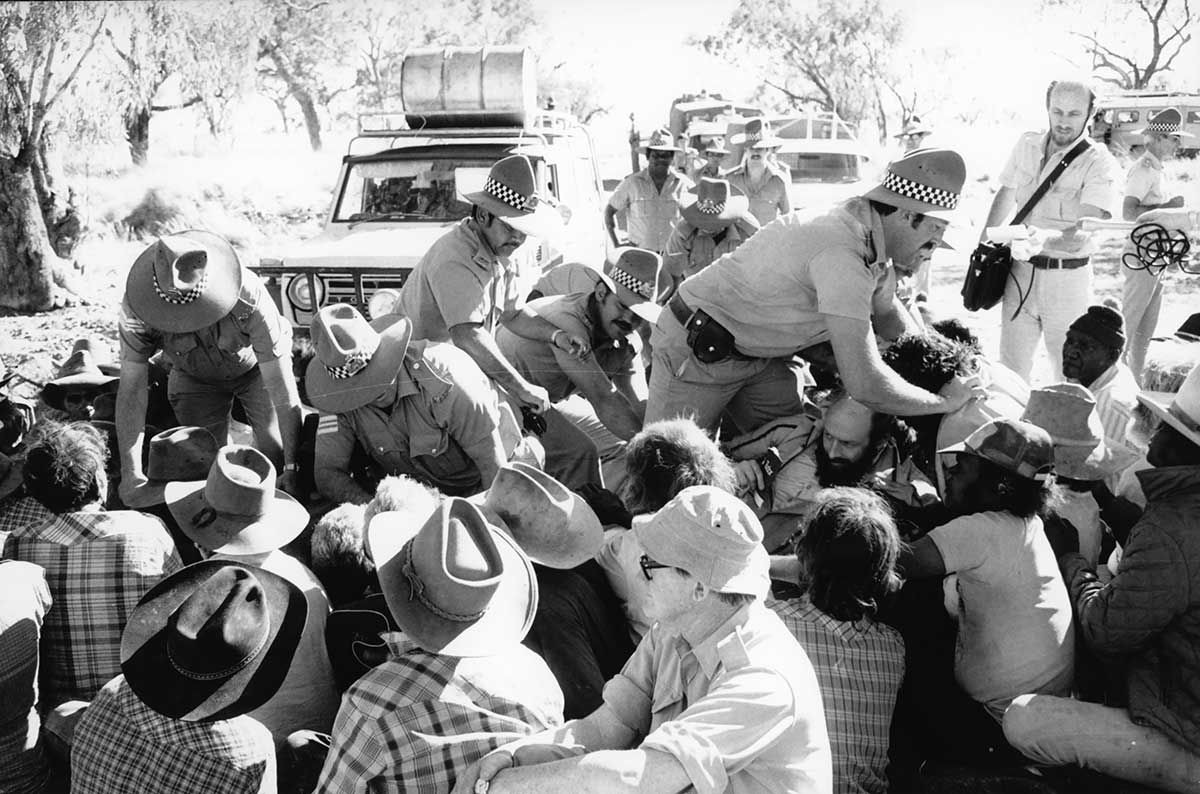
It is 1980.
The State Government in Western Australia is keen to find mineral wealth. It has a law allowing miners to enter areas to drill areas of the land to test for the presence of valuable minerals.
One area where they wanted to drill was at Noonkanbah, a pastoral station run by local Aboriginal people. The area included many sacred and secret sites, one of which was marked for testing by the mining explorers.
What would happen when the Australian law allowing miners access to the area came into conflict with the Aboriginal law that said the area was sacred and could not be disturbed?
Read this 2018 ABC news article by Matt Bamford on the 1980 Noonkanbah blockade and answer the questions that follow.
Aboriginal leaders celebrate 40 years since they stared down the miners in Noonkanbah dispute
Indigenous leaders will this week mark 40 years since Aboriginal protestors faced off against a convoy of police and miners to protect their sacred land.
The Noonkanbah dispute in Western Australia’s remote north put land rights on the national agenda and led to the foundation of the Kimberley Land Council.
In 1980, after a two-year stand-off, the Yungngora People and their supporters sat in a dusty Kimberley creek bed, blocking the path of the drilling rigs.
Fight gets physical.
By late August police officers, backed by a frustrated State Government, began dragging people away.
Witnesses said the objectors started to sing while they were carted off to jail.
Workers from mining company Amax then punctured sacred ground on the Fitzroy Crossing cattle station searching for a lucrative oil reserve.
By November they realised it did not exist.
Protesters win public sympathy
Although the mining company was able to break through the blockade, their heavy-handedness stoked a groundswell of support for the Yungngora People and helped put Aboriginal land rights on the national agenda.
It also led to an inaugural address from the first delegation of Aboriginal and Torres Strait Islander Australians to the United Nations.
‘It was the first dramatic expression of Aboriginal people standing very solidly to defend their rights,’ Mr Gallagher [a photographer who was present at the blockade] said.
Land Council founded
Western Australia’s far north was a hotbed of mining activity in the 1970s and Aboriginal people could see a confrontation brewing over access to their traditional lands.
Two years before the climactic showdown at Noonkanbah Station, representatives from more than 30 Aboriginal communities held an unprecedented meeting to figure out how they would confront the miners.
They founded the Kimberley Land Council to represent their collective interests.
In a newsletter in 1978, the Kimberley Land Council wrote:
‘The representatives talked about their experiences and about the benefits they would get from joining together and making their voices one voice, and they decided, yes, they would set up a Land Council. And so the KLC arrived.’
Kimberley Land Council chairman Anthony Watson, whose father John Watson was on the picket line, said the dispute mobilised Kimberley people in a way that was completely new.
‘It was a turning point in getting everyone to band together and to hold the government accountable,’ Mr Watson said.
‘It got the whole Kimberley going, and established that they [Aboriginal people] needed to have rights to protect their heritage sites and their culture.’
Leaders reflect at Native Title conference
It’s a milestone that hundreds of Aboriginal and Torres Strait Islander leaders will look back on as they arrive in the Kimberley this week for a national Native Title conference.
Negotiations around land use have changed significantly since the 1970s, but Mr Watson believed true progress still eluded his people, 40 years on.
‘We need to move forward and find a better way to work with each other,’ he said.
‘We’re still saying the same thing.’
Edited from ABC News, Matt Bamford, ‘Aboriginal leaders celebrate 40 years since they stared down the miners in Noonkanbah dispute’, 5 June 2018, https://www.abc.net.au/news/2018-06-05/noonkanbah-dispute-remembered-40…, viewed 14 October 2020
1. What was the dispute?
2. How did it involve a clash of state and Aboriginal and Torres Strait Islander law and culture?
3. What led to the formation of the Kimberley Land Council in 1978? Why was this new body increasingly important in disputes such as the one at Noonkanbah station?
4. What was the immediate result of the dispute for the Western Australian Government and the miners?
5. What longer-term impacts did the dispute have on the Aboriginal and Torres Strait Islander community there?
6. What was the significance of the Noonkanbah blockade for Aboriginal and Torres Strait Islander people’s rights?
7. How would this event have influenced the development of Aboriginal and Torres Strait Islander people’s rights over time?







